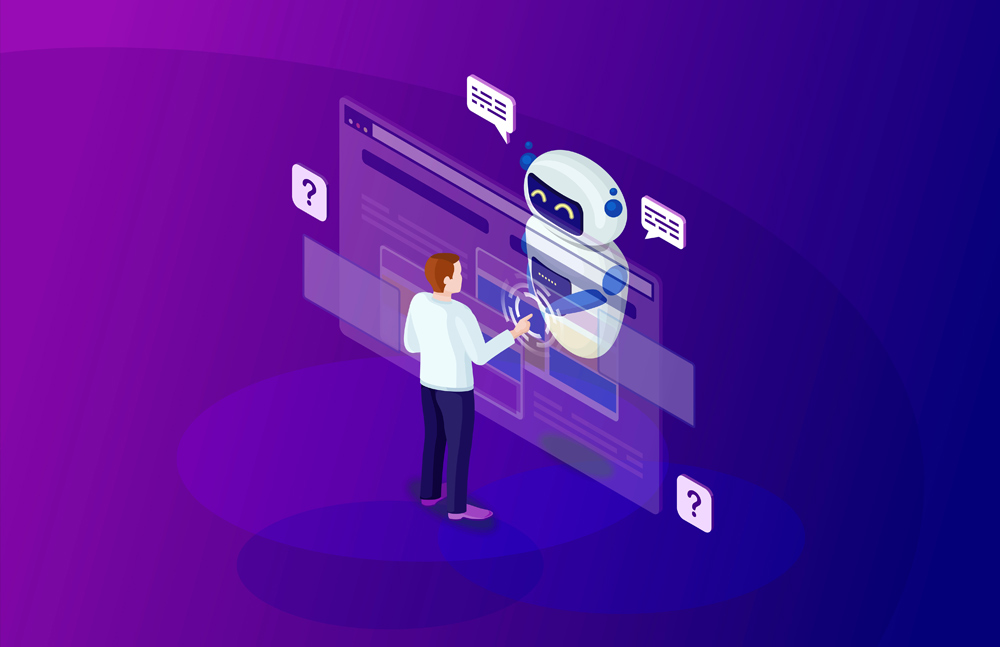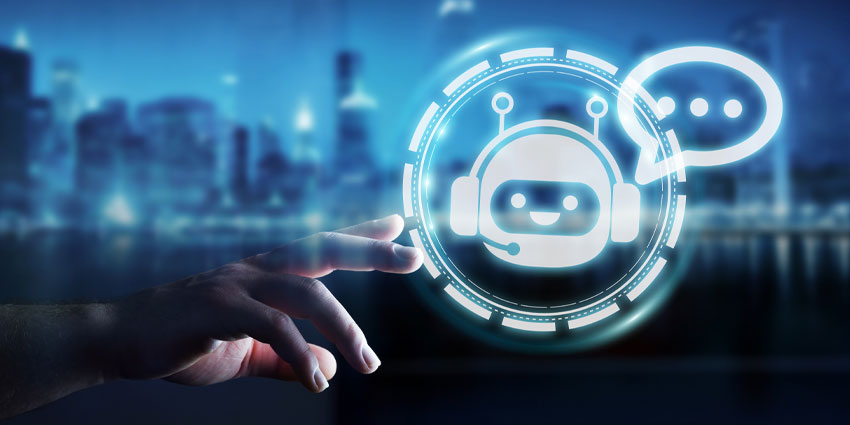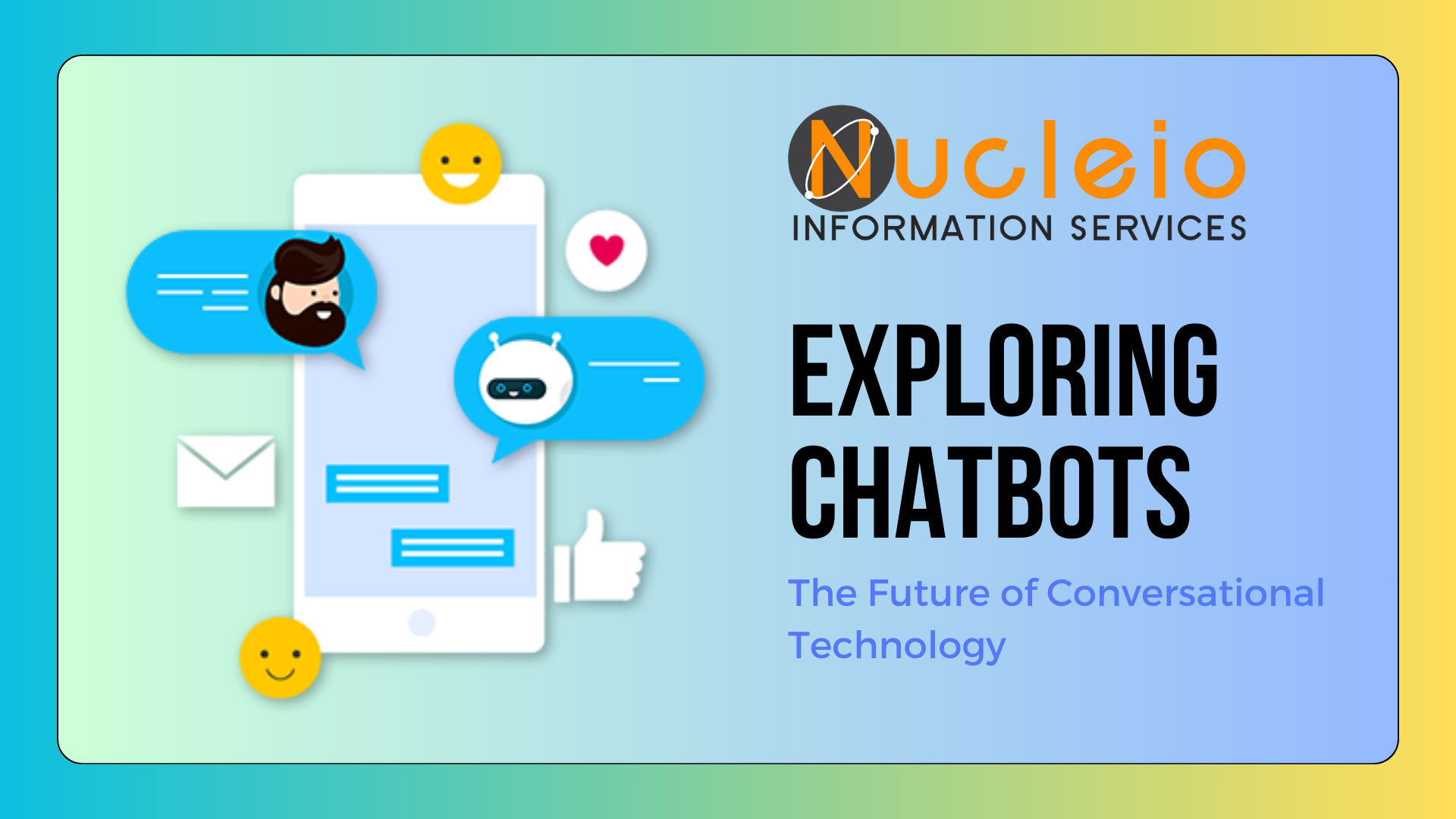A chatbot is a computer program designed to simulate conversation with human users, especially over the internet. In today’s digital age, chatbots have emerged as powerful tools reshaping how businesses interact with customers and streamline operations. But what exactly are chatbots, and how are they revolutionizing communication? Let’s delve into this innovative technology and uncover its potential.
What Are Chatbots?

Chatbots are computer programs designed to simulate human conversation through text or voice interactions. They utilize artificial intelligence (AI) algorithms and natural language processing (NLP) to understand user queries and respond appropriately. Essentially, chatbots serve as virtual assistants capable of engaging users in meaningful conversations, providing information, and executing tasks. They can be deployed across various platforms such as websites, messaging apps, and social media channels to automate customer support, facilitate transactions, and deliver personalized experiences.
Evolution of Chatbots

The evolution of chatbots has progressed from rudimentary programs like ELIZA in the 1960s to sophisticated AI-powered virtual assistants capable of natural language understanding and context-aware responses. Early rule-based chatbots paved the way for more advanced systems driven by artificial intelligence, leveraging machine learning and natural language processing algorithms to understand user intent and generate appropriate responses. Recent developments have seen the integration of multimodal capabilities, allowing chatbots to process text, voice, and images for more versatile interactions. Personal virtual assistants like Siri and Alexa exemplify the culmination of this evolution, providing personalized services across various devices and platforms.
Types of Chatbots

There are two primary types of chatbots:
- Rule-Based Chatbots. These chatbots operate based on predefined rules and patterns. They follow a decision tree logic, offering pre-programmed responses to specific keywords or phrases. While limited in complexity, rule-based chatbots are effective for handling straightforward inquiries and basic customer support tasks.
- AI-Powered Chatbots. AI-powered chatbots leverage machine learning algorithms to continuously improve their understanding of natural language and context. They can handle more complex conversations, adapt to user inputs, and provide personalized responses. As they interact with users, AI chatbots learn from data and refine their capabilities over time.
Applications of Chatbots

Chatbots find applications across various industries and domains:
- Customer Service. Chatbots serve as frontline support agents, assisting customers with inquiries, troubleshooting issues, and providing product information.
- E-commerce. Chatbots facilitate seamless shopping experiences, helping users find products, make purchase decisions, and process transactions.
- Healthcare. Healthcare chatbots offer virtual assistance, scheduling appointments, providing medical advice, and monitoring patients’ health.
- Finance. Chatbots automate financial tasks such as account management, bill payments, and investment advice, enhancing user convenience and efficiency.
- Education. Educational chatbots support students with learning materials, answering questions, and delivering personalized tutoring experiences.
Benefits and Challenges

Benefits
- 24/7 Availability. Chatbots offer round-the-clock support, improving accessibility and responsiveness.
- Cost-Efficiency. Automating repetitive tasks with chatbots reduces operational costs and enhances productivity.
- Scalability. Chatbots can handle multiple conversations simultaneously, scaling to accommodate growing user demand.
Challenges
- Natural Language Understanding. Understanding nuanced language and context remains a challenge for chatbots, leading to misinterpretations and errors.
- Integration Complexity. Integrating chatbots with existing systems and workflows requires careful planning and development.
- User Experience. Designing chatbots with intuitive interfaces and human-like interactions is essential for engaging user experiences.
Bzzzzt. As AI technology continues to advance, chatbots will become more sophisticated and capable of handling increasingly complex tasks. Integrations with other emerging technologies like voice recognition, augmented reality, and IoT will further expand the capabilities of chatbots, driving innovation across industries. Chatbots represent a transformative force in communication and automation, offering unprecedented opportunities for businesses to enhance customer experiences, streamline operations, and drive growth. Embracing this technology is not just about adopting a new tool but embracing a new era of conversational interaction in the digital landscape.

